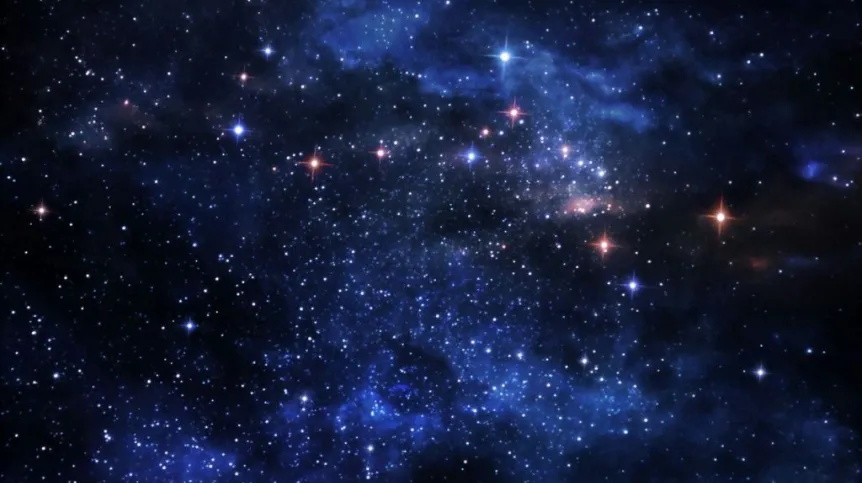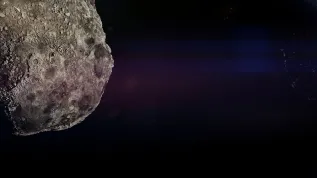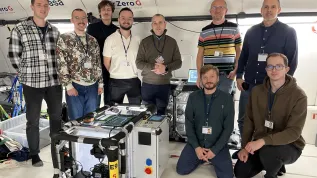
Dark energy accounts for 70 percent of the universe, but scientists still know very little about it. Its determination will be easier with the observation program developed by Prof. Bożena Czerny. "Dark energy is the most important issue of astronomy and physics" - she believes.
"Nobody really knows well what dark energy is. We all suspect that t is a property of the vacuum" - told PAP Prof. Bożena Czerny of the Nicolaus Copernicus Astronomical Center PAS in Warsaw.
Dark energy probably accelerates the expansion of the universe. It has a negative pressure, so it can counteract gravity. Along with dark matter it accounts for more than 95 percent mass and energy in the universe.
According to Prof. Czerny, scientists do not know why there is a centre with such strange properties. "Therefore, at this point the issue of dark energy is the most important issue in astronomy and physics" - emphasised the scientist.
As part of the grant awarded in the "Master" programme of the Foundation for Polish Science she attempts to explain the nature of dark energy with a proprietary observation program. "Astronomers can observe many objects, even ones they can not see. We can not directly see dark energy, but it affects the motion of glowing objects" - she said.
Thus, by studying the motion of celestial objects that emit radiation, such as galaxies, the pace of their movement in relation to the Earth, scientists can "determine the geometry of the Universe", and study dark energy.
Scientists have studied dark energy by observing supernovae, exploding stars, which are accompanied by gamma radiation. In 2011, three physicists received the Nobel Prize for such studies. According to the findings of Saul Perlmutter, Brian P. Schmidt and Adam G. Riess, three quarters of the mass of the universe has in the form of very exotic dark energy.
Prof. Czerny, however, intends to use other objects to study dark energy. "I propose to use quasars instead of supernovae for the same purpose" - explained Prof. Czerny. Quasars are extremely bright nuclei of active galaxies. According to the scientist, their main advantage is that even very distant quasars have the same properties as those closer to the Earth.
"This concerns in particular the content of heavier elements that determine the properties of matter. In quasars they are the same regardless of the distance, and distant supernovae are probably a bit different than the ones closer to the Earth" - explained the scientist.
Researchers propose a number of other methods of dark energy research. The European Space Agency, for example, prepares the Euclid mission, in which it will build a space telescope to study dark matter and dark energy. It will be launched into space in 2020.
"Each single method can have errors and problems. After all, we are trying to reach over huge distances. If, however, all methods give the same answer, we can be sure that we have measured exactly what we want" - said Prof. Czerny.
Observations are carried out by scientists at the Astronomical Center. "Observations are not made in Poland but in South Africa, with the SALT telescope" - said Prof. Czerny. It is the largest telescope in the southern hemisphere, built in cooperation with Germany, South Africa, Poland, UK, U.S. and New Zealand. The next stage, the theoretical work, will be carried out by an international team of scientists from the Czech Republic, Italy and the U.S.
"At the moment we are at the stage of following the curiosity. When we get real results - we do not yet know" - noted Prof. Czerny. She explained that after astronomers determine the parameters of dark energy, they will hand the results over to physicists, who will interpret the observed phenomena.
PAP - Science and Scholarship in Poland, Ewelina Krajczyńska
ekr/ ula/ mrt/
tr. RL













